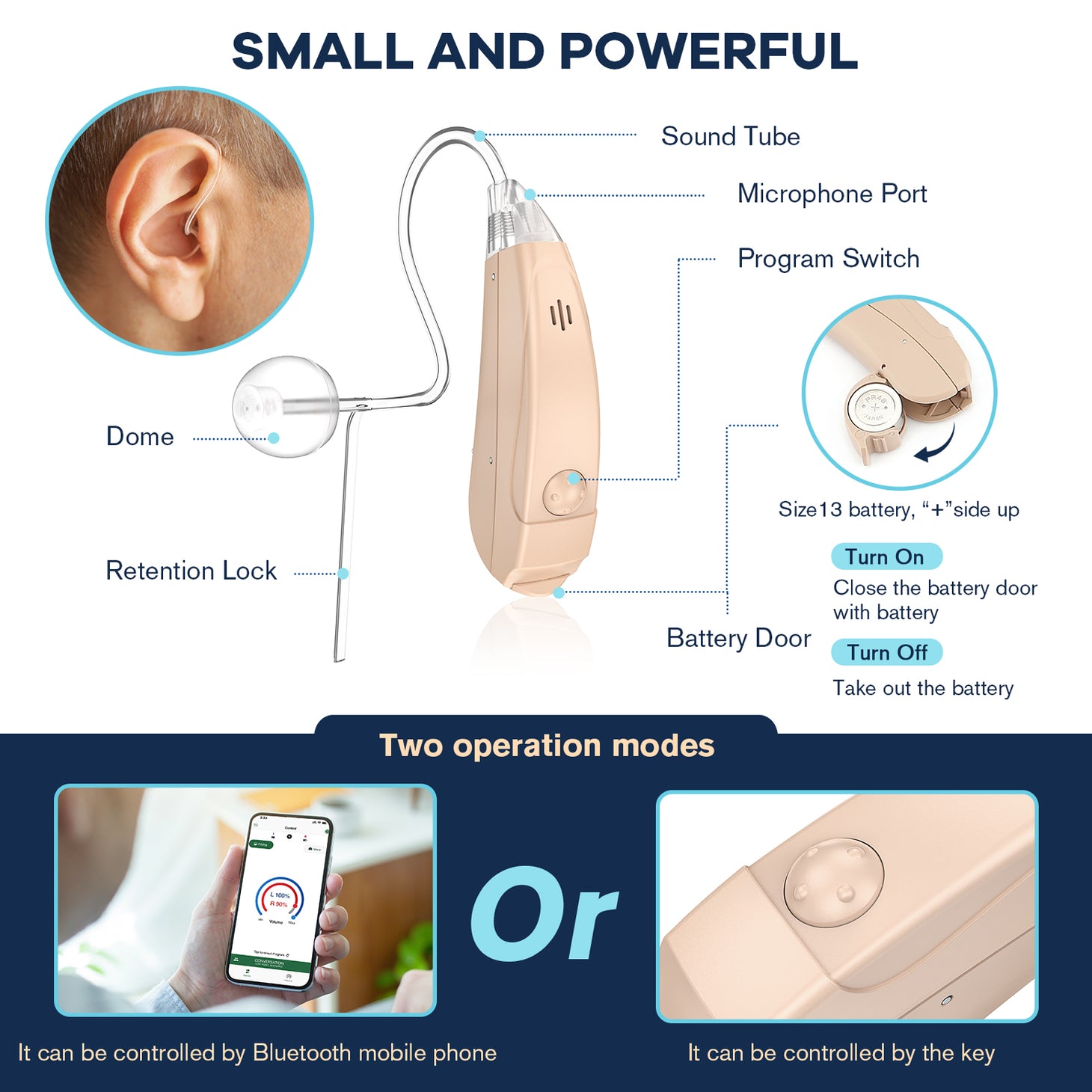When it comes to the world of hearing aids, the advancements in Bluetooth streaming have revolutionized the way individuals with hearing loss experience the world around them. In this article, we will delve into the latest developments in Bluetooth streaming for hearing aids and what you need to know to make an informed decision about your hearing health.

Enhanced Connectivity
One of the most significant advancements in Bluetooth streaming for hearing aids is the enhanced connectivity it offers. With the latest technology, users can seamlessly connect their hearing aids to a wide range of devices, including smartphones, televisions, and audio systems. This means that individuals with hearing loss can enjoy clear, high-quality sound directly streamed to their hearing aids, without the need for additional accessories.
For example, individuals can now answer phone calls, listen to music, and watch television with improved clarity and convenience, thanks to the advancements in Bluetooth streaming for hearing aids. This level of connectivity has truly transformed the way people with hearing loss engage with the world around them.
Improved User Experience
Another key aspect of the advancements in Bluetooth streaming for hearing aids is the improved user experience it provides. Gone are the days of struggling with cumbersome wires and external devices to connect hearing aids to various audio sources. With Bluetooth streaming, users can enjoy a seamless and hassle-free experience, allowing them to focus on what matters most - enjoying life to the fullest.
Furthermore, the advancements in Bluetooth streaming for hearing aids have also led to the development of user-friendly apps that allow individuals to personalize their listening experience. From adjusting volume levels to fine-tuning sound settings, these apps put the power of customization directly into the hands of the user, enhancing comfort and satisfaction.
Accessibility and Inclusivity
One of the most impactful outcomes of the advancements in Bluetooth streaming for hearing aids is the increased accessibility and inclusivity it brings to individuals with hearing loss. By enabling seamless connectivity to a wide range of audio sources, Bluetooth streaming technology ensures that individuals can fully participate in conversations, enjoy entertainment, and engage in social activities without feeling left out or isolated.
For instance, in a crowded restaurant, a person with hearing aids equipped with Bluetooth streaming can have a conversation with ease, as the technology helps to filter out background noise and focus on the speech of the person they are talking to. This level of accessibility and inclusivity is truly transformative and has a profound impact on the overall well-being of individuals with hearing loss.
Future Developments
Looking ahead, the future of Bluetooth streaming for hearing aids holds even more promise. As technology continues to advance, we can expect to see further improvements in connectivity, sound quality, and user experience. Additionally, ongoing research and development in the field are focused on expanding the compatibility of Bluetooth streaming technology with a wider array of devices and audio sources, further enhancing the overall quality of life for individuals with hearing loss.
It is clear that the advancements in Bluetooth streaming for hearing aids have had a profound impact on the lives of individuals with hearing loss, offering enhanced connectivity, improved user experience, and increased accessibility and inclusivity. As technology continues to evolve, the future looks brighter than ever for individuals with hearing loss, thanks to the transformative power of Bluetooth streaming for hearing aids.



